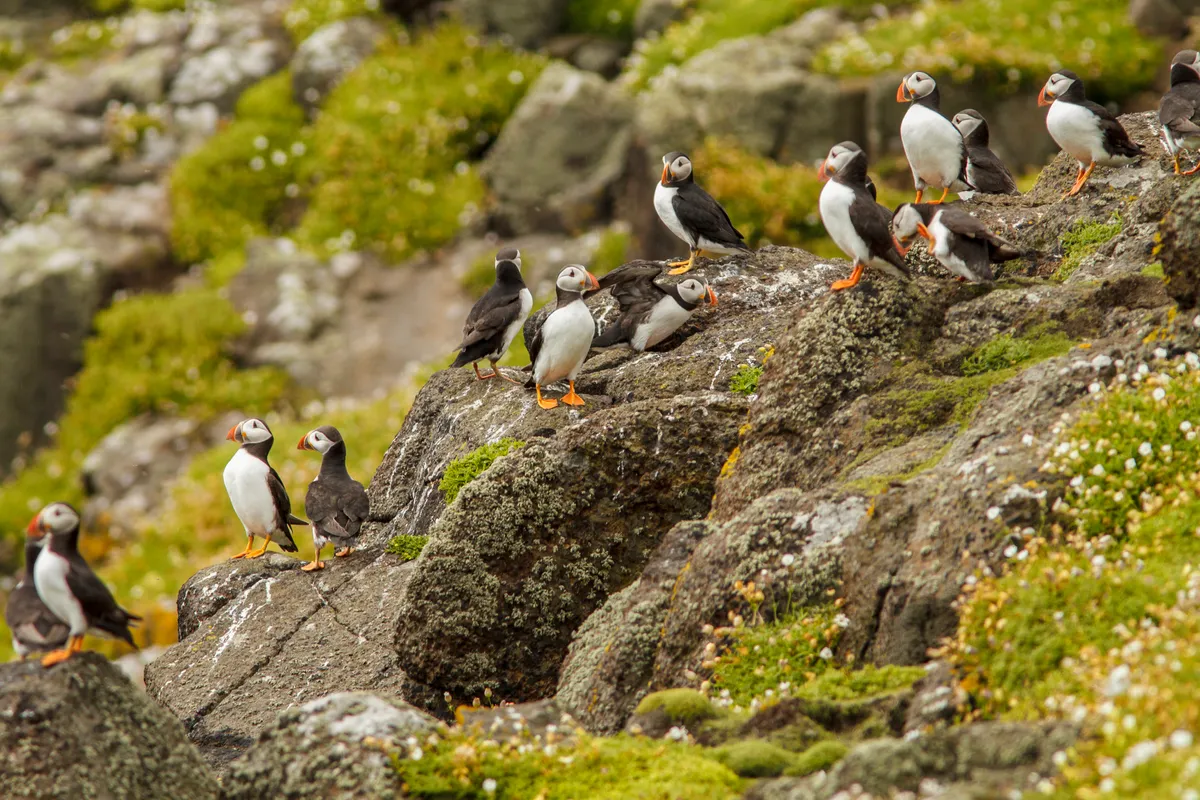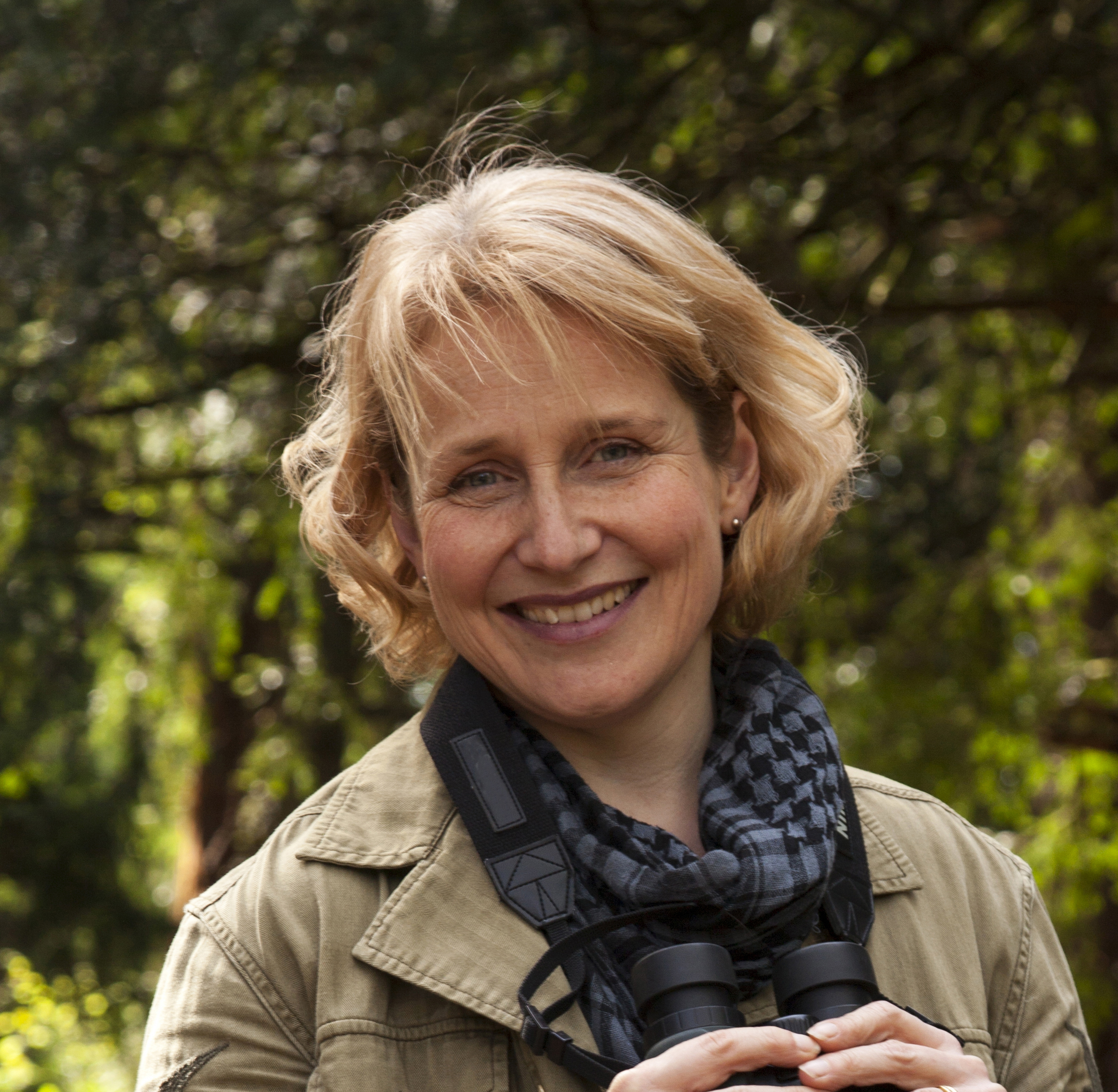The small islands near North Berwick in the Firth of Forth estuary are a world famous haven for breeding sea birds. But in the early 2000s, numbers of breeding puffins on the island of Craigleith plummeted. It was clear what the problem was, and retired conservationist John Hunt dedicated himself to putting things right, with spectacular results.
The problem is tree mallow, a plant that was introduced by soldiers serving on Bass Rock 300 years ago, for use as a wound dressing. Sheep and gannets kept it under control, but since 1960 it began appearing on nearby islands. Recent mild winters accelerated the spread.
Tree mallow can grow up to 3m tall and within a few years it had all but covered Craigleith, leaving 90 per cent of its breeding puffins unable to reach nest burrows. Fidra was half-covered and Lamb Island was being encroached. Recognising a need for action, John founded the volunteer project, SOS Puffin, sponsored by the Scottish Seabird Centre with support from the islands’ owners, Aberdeen University and Scottish Natural Heritage (now called NatureScot).
Since the project’s launch in 2007, John has organised almost 300 work parties. “The most difficult part is getting to the islands,” he says. “We ferry teams from the Seabird Centre, but landing is tricky and impossible in bad weather.”
Once there, the clearance work is done mostly by hand. “You can kill tree mallow by cutting it close to the ground, but we’re fighting a long war with the seed bank. Plants come up every year, so we have to cut every one before it produces more seed. We’re slowly winning but we’ll have to keep going for quite a long while yet.”

In fact, the results of the work have been almost miraculous. “One of the great things has been the speed at which puffins returned,” says John. “Sometimes in the early years, puffins would be arriving from sea as we worked, landing a few feet from us and exploring the burrows within minutes of us uncovering them.” Annual monitoring forms another aspect of Hunt’s work and the results show puffin numbers recovering from a very low level.
John’s involvement amounts to around 100 days a year of voluntary effort – so what keeps him going?
“Apart from seeing the results and knowing we can’t stop until the seed bank is exhausted, my main motivation is the volunteers. We’ve had over 1,100 of them, many of whom have helped repeatedly. Their commitment has been an inspiration.”
Main image: John Hunt @ Laura Adamson/Scottish Seabird Centre





